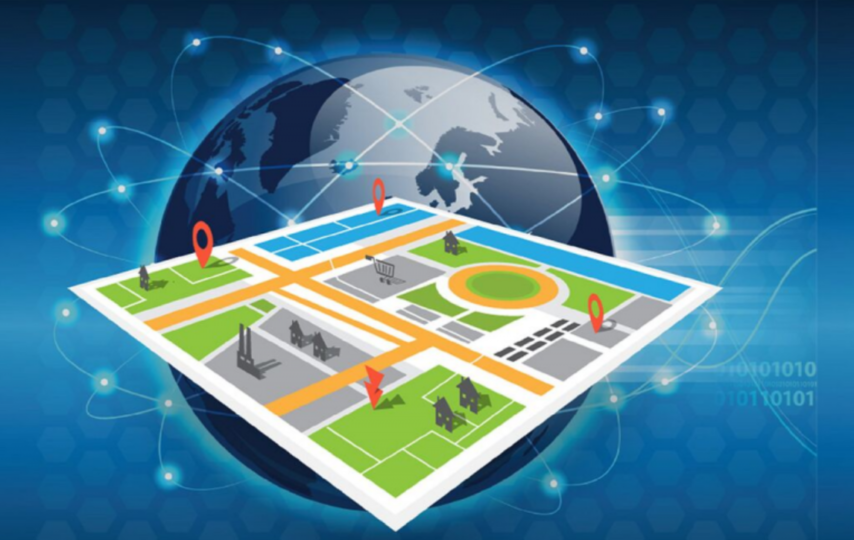Defining Geospatial Data
Geospatial information is data that depicts items, occasions, or different highlights with an area on or close to the earth’s outer layer. Geospatial information typically joins area data (generally arranged on the planet) and trait data (the qualities of the article, occasion or peculiarities worried about) transient data (the time or life expectancy at which the area and characteristics exist). The size given might be static temporarily (for instance, the site of a piece of gear, a quake occasion, kids living in poverty) or dynamic, for example, a moving vehicle or passerby, the spread of an irresistible sickness.
Geospatial information ordinarily includes enormous arrangements of spatial data gathered from numerous sources that can be viewed through a geospatial solutions provider while shifting configurations that can incorporate data, such as evaluation information, satellite symbolism, climate information, PDA, drawn pictures, and virtual entertainment information. Geospatial data is most helpful when it tends to be found, shared, broken down, and utilized in a blend with conventional business information.
Types and Instances of Geospatial Information
Kinds of Geospatial Information
Geospatial information will be data kept related to a geographic sign. There are two essential types of geospatial data: vector information and raster information.
Vector information is information in which focuses, lines, and polygons address highlights like properties, urban communities, streets, mountains, and waterways. For instance, a visual portrayal utilizing vector information could incorporate houses handled by focuses, streets addressed by lines, and whole towns managed by polygons.
Raster information is pixelated or gridded cells that are distinguished by line and segment. Raster information makes symbolism that is considerably more complicated, like photos and satellite pictures.
Instances of Geospatial Information
Vectors and properties: Descriptive data about an area like focuses, lines, and polygons
Point mists: An assortment of co-founding graphed focuses that can be recontextured as 3D models
Raster and satellite symbolism: High-goal pictures of our reality, taken from a higher place
Evaluation information: Released statistics information attached to explicit geographic regions for the investigation of local area patterns
Wireless information: Calls steered by satellite, in light of GPS area, facilitates
Drawn pictures: CAD pictures of structures or different designs, conveying geographic data as well as compositional information
Virtual entertainment information: Social media posts that information researchers can study to distinguish arising patterns.
Disadvantages Involved in Geospatial Big Data
Managing enormous geospatial informational indexes presents many difficulties. Therefore, a geospatial solutions provider battles to make the most of geospatial information.
To start with, there is the sheer volume of geospatial information. For instance, it is assessed that 100 TB of climate-related information is produced every day. This by itself presents impressive capacity and access issues for most associations. Geospatial data is likewise put away across various records, making it hard to track down the documents that contain the information expected to take care of your particular issue.
Likewise, geospatial information is put away in various configurations and aligned by multiple norms. Any work to look at, consolidate or plan information initially requires a lot of information scouring and reformatting.
At long last, working with crude geospatial information requires specific information and cutting-edge science to direct essential undertakings, for example, geospatial arrangement of information layers. Except if experts are capable and experienced at this work, they won’t get esteem from the information or gain ground toward their association’s business objectives.
Conclusion
Most specialists expect geospatial innovation to be progressively refined, mainly as that innovation draws nearer to contact with AI.
Usually, geospatial AI will likewise make its mark, carrying a geographic component to AI. Specialists likewise conjecture the appearance of planning as a help, in which custom guides of strikingly high goals can be delivered available, given shopper or modern need.





